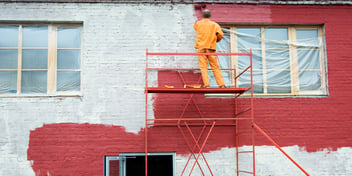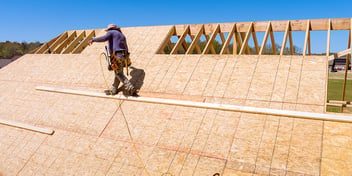- Home »
- Learningcenter »
- How long should a roof last
How Long Does a Roof Last in Atlanta, Georgia? – Updated for 2023
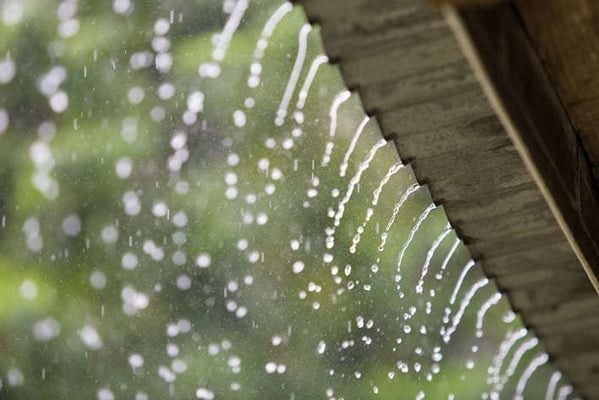
Your roof is one of the most important aspects of your home’s exterior, but how long does a roof last in Atlanta, Georgia? It keeps your family safe and warm, but it’s constantly taking a beating from Mother Nature. At some point it will have to be replaced. As a prudent homeowner, you need to budget for this expense. So, how often should you replace your roof?
In order to answer this question, we need to dig into the details of roofing to find the most accurate answer. Simply, the life of a roof depends on 5 main factors. These are:
- Materials Used
- Ventilation
- Workmanship
- Weathering
- Maintenance
We’ll look at each of these factors individually so you can determine the expected life of your roof.
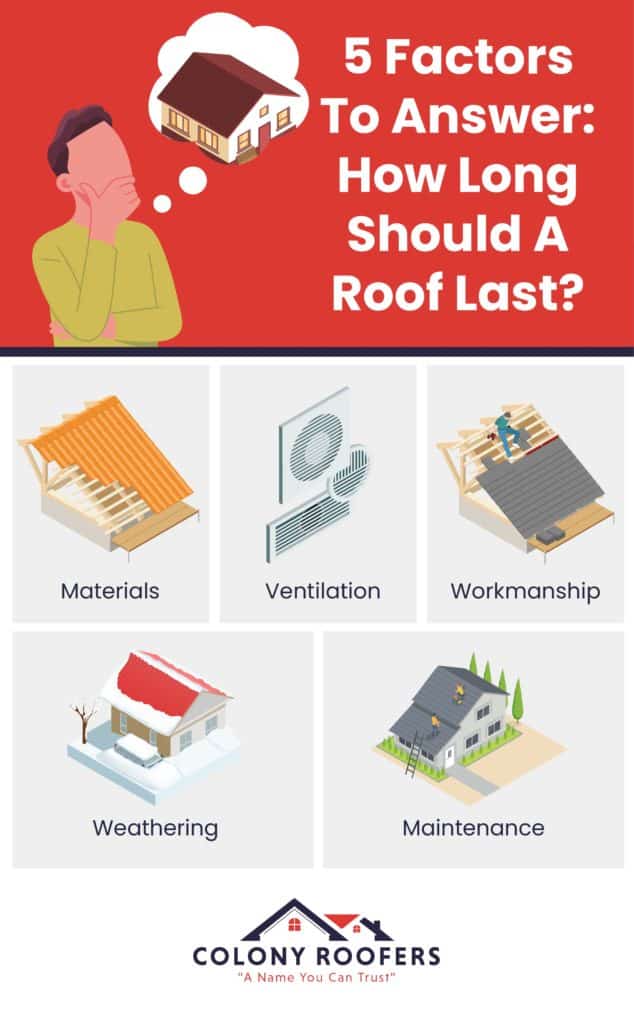
1. Materials Used
The materials used are by far the largest determinant of your roof’s life expectancy! There are a large variety of materials that you might have on your home. In order to determine the remaining roof life expectancy, you will first need to determine what type of material is current on it.
We will cover the most common types of roofing material used in this article. If your material isn’t on the list, you can always call a roofing contractor. Most experienced ones will be able to tell you just from a picture what type of material you have.
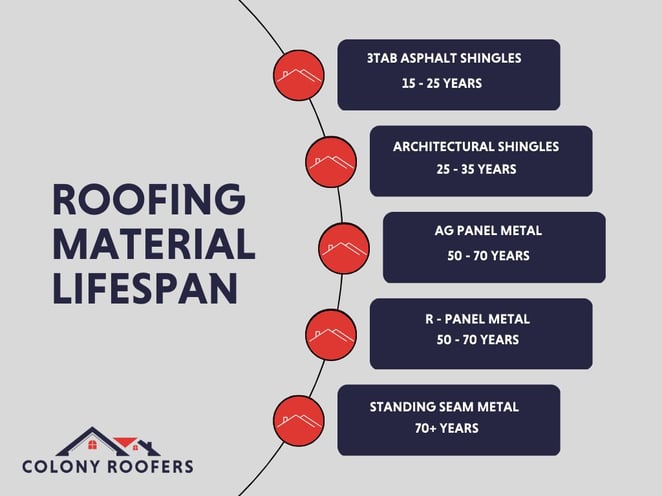
Asphalt Shingles
Shingles are easily the most common material used in the industry, and shingles are the most common roofing material in Atlanta, Georgia, but there are a few different kinds. While the roof life expectancies we show below may seem like large ranges, keep reading to narrow down your specific roof within these ranges!
3-tab
This type of shingle is used by many production home builders due to its relatively affordable depending on how often you should replace your roof.While it is affordable, it also has the shortest expected life of any roofing options. A typical 3-tab shingle like the Certainteed XT25, Owens Corning Supreme, or GAF Royal Sovereign will last anywhere from 15-25 years.
.jpg?width=800&height=600&name=mV4PKaLtvpm2qomIAJ1LRZs_B9EoIuuB93hXMfcBoJSsUYKNJKGzLLBWHRGyZgnnifJL4aCQUO3zeXB_jev-kCFJnC1lVFfxnirgDB4t78NpE0uCmc_7xL_7lvWOKybSkOiY9oD7%20(1).jpg)
Architectural
This group of shingles are layered, giving them additional longevity and strength and a longer roof life expectancy in Atlanta, Georgia. Common architectural styles include the Certainteed Landmark, Owens Corning Duration, and GAF Timberline. These shingles have an expected life of 25-35 years.
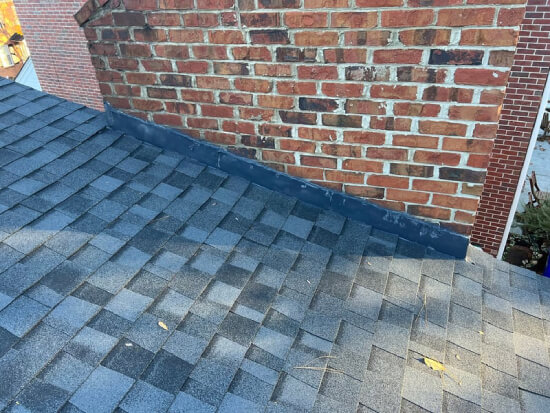
Keep reading to narrow down the remaining roof life expectancy! You have to take into account all 5 factors that impact your specific roof.
Metal
Metal roofing is in a completely different category when it comes to how long a roof should last. In general, metal roofs are going to last a lot longer than shingles. However, even inside of this category there can be large variation in expected roof life.
AG Panel
This type of metal is fairly common on residential homes due to the fact that it is on the more affordable side when it comes to metal roofs. The expected life of this type of metal panel ranges from 50-70 years. However, this is in the category of exposed fastener roofs, so it is not a completely hassle-free 50 years. You will need to maintain the fasteners and possibly even replace them every 20 years or so. So when answering the question of how long does a roof last with this kind of metal, the answer is both 50-70 years, but with an asterisk.
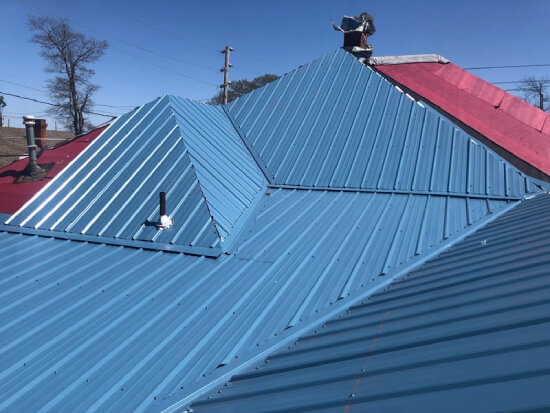
R-Panel
This panel system is very similar to the AG panel detailed above. The expected life will be identical, as will the potential issues with the exposed fasteners. The only variation is that you may see a slightly thicker gauge of metal used on this system.
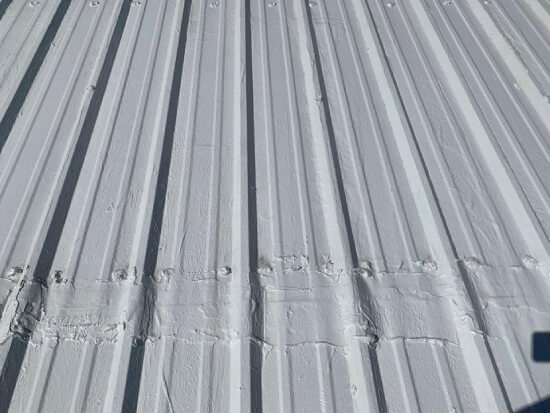
Standing Seam
This is the roof with the longest roof life expectancy you can buy. For that reason, it is typically referred to as a “lifetime” roofing system. In contrast to the exposed fastener systems above, this is a concealed fastener system which makes it extremely long lasting. If you have a standing seam roof, you are likely good to go unless you see rust.

2. Ventilation
Ventilation is another important thing to consider when asking how often to replace your roof. This is because everything that comes through your roof, be it a pipe or a skylight or a vent will all have to be connected and sealed. And every connection and seal on a roof is a potential fail point.
Soffit Venting
Soffit vents come in 2 styles, they are either one continuous vent or they can be individual vents that are placed around the perimeter of the home. This is essentially what allows fresh air to be pulled from outside and into your attic, thus cooling down the internal temperature of your home and allowing your home’s cooling system to run more efficiently.
Attic Venting
The purpose of an attic vent is to exhaust the hot air from inside the attic with the use of your soffit vents. There are many different styles of attic vents and a roofing contractor can help you determine which one works best with your style of home.
Whether it is soffit venting or attic venting, you’re going to need to learn about it because it affects how often you should replace your roof.
3. Workmanship Quality
The quality of installation of your roof system is going to be one of the largest factors in determining how long your roof will last in Atlanta, Georgia. A system that is installed properly can stretch out towards the longest end of the ranges we discussed above. On the flip-side, if installed improperly, your roof can need replacement far before the actual materials were designed for. There are 4 major categories of workmanship quality that determine roof life expectancy.
Decking Installation
Your roof decking is what the roofing materials are attached to. Think of this decking like the foundation of your home. Without a sound foundation, you can’t build a strong frame. The same holds true for roofing.

The easiest way to see if the decking on your home is installed well is to go into the attic and look! You are looking for the decking to be securely fastened to the rafters and trusses. The deck sheets should also be staggered, like in a brick laying pattern, so there are no continuous gaps that span the roof deck.
If your deck is installed properly, you can rest assured that the life of your roof shouldn’t be compromised by this component. However, this is just the beginning…
Underlayment
Underlayment includes both the felt paper and ice/water shield installed on your roof. In order to determine if your home has an ice and water shield, you’ll need to look at the base of one of the valleys on your roof. You can slightly lift the shingles here and see if you see a sandpaper-like material underneath. It will typically be black in color. If your home has this added protection, your roof life expectancy should last a few extra years.
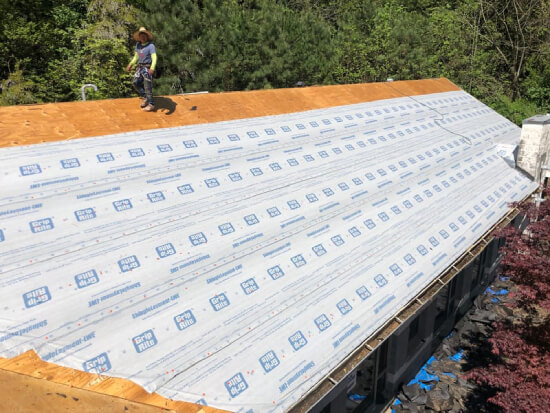
Shingles
The installation of the shingles on your roof will have a large impact on the longevity of them. Most shingles these days have a nail line and specific manufacturer specifications for how to install their products. If nails are driven into the shingles with too much, or not enough force, they will not be secured properly and can cause issues down the road. In the roofing industry, we call this over-nailing or under-driven.
Accessories
The quality of the workmanship on your roof accessories is crucial to how often you should replace your roof. When we talk about accessories, we’re talking about sealing the areas around penetrations (pipes and chimneys) and walls. That is, pipe boots, step flashing, and counter flashing.
If all of the factors above related to workmanship are in order, you can expect that your roof is in a good position to last towards the longer end of the range specified in the Materials Used section.
4. Weathering
- Does the weather have an impact on the lifespan of your roof? Of course! Constant exposure to UV rays can damage shingles by causing them to become brittle and crack. If you live in a place that experiences frequent temperature fluctuations, that causes roofing materials to undergo thermal movement, meaning they are expanding and contracting in the changing temperatures. This can lead to separation and damage over time. Precipitation like rain and hail can affect your roof's lifespan when it's exposed to large amounts over a period of time, or when you have a sudden and extreme storm.
-
-
5. Maintenance
Debris
This is considered any organic material that is naturally occurring outside. When debris is allowed to accumulate on the roof without being removed at least twice a year, it can cause water to dam up on the roof & in the valleys and seep under the shingles and cause leaks.
Sealants
Should be checked twice a year and reapplied as needed. Caulking is not meant to be a permanent product and needs to be maintained to prolong the life of your roof.
Flashing
This product diverts water away from areas of your home that are vulnerable to leaking and should be checked yearly to make sure that it is in good working order and kept free of debris.
Need To Know When To Replace Your Roof?
How often should you replace your roof in Atlanta, Georgia? Well, the above information will help you make that decision, but getting a roof life expectancy report from Colony Roofers will let you know exactly how often to replace your roof, and it will give you many options to choose from, as well as recommendations from our roof repair specialists.
 Call (678) 365-3138
Call (678) 365-3138


